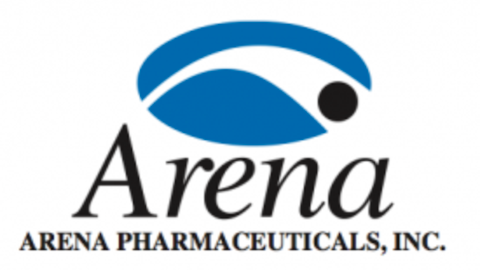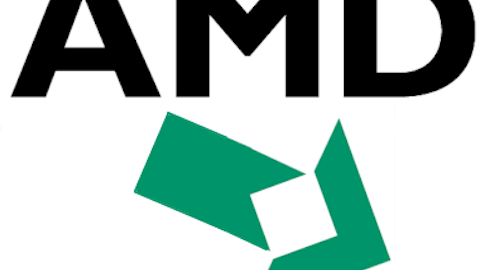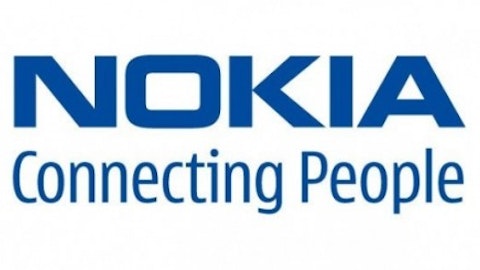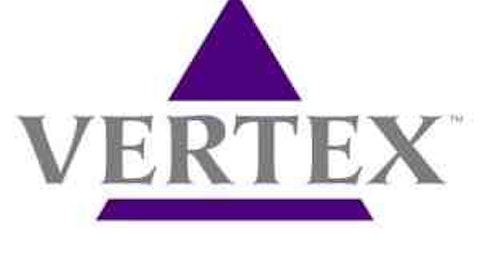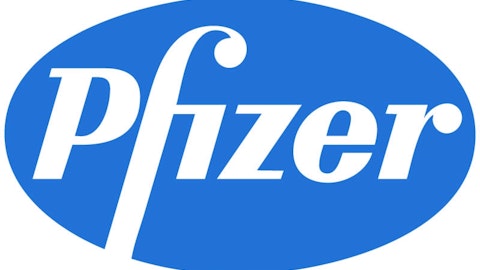It’s really amazing to think about how far we’ve come over even the past decade in the health-care arena. In that time we’ve seen heart disease and smoking rates drop dramatically, genome therapy has been brought directly to the patients’ bedside, and we have machines that can perform soft-tissue and orthopedic surgeries, as well as pinpoint and irradiate solid tumors. The rate of advancement recently is simply unparalleled.
But, of course, there’s still a lot more work to be done. There are far, far more uncured diseases out there than we’ve cured, and therefore plenty of trial, error, and opportunity still awaits. This is why today I want to look past the current advancements in health-care technologies and focus on the distant horizon — let’s say 20 years from now — and divvy out four predictions for the health-care industry as a whole.

Source: pop culture geek, Flickr.
Now understand that I have no crystal ball, nor do I have a DeLorean DMC-12 sitting in my garage that’ll let the sparks fly when I hit 88 mph and can take me ahead a few decades to see the future. These are merely personal projections that I expect to be held accountable for and for which I’ll back up my point of view — but ultimately, they are just predictions.
Prediction No. 1: Cancer will become the leading cause of death in the United States.
I’m sure that’s not the type of prediction you were probably hoping for, but hear me out. Over their lifetimes, men currently have about a 1-in-2 chance of developing some form of invasive cancer, while women have around a 1-in-3 chance. Although we’ve seen advancements in progression-free survival across many cancer types, and surgery and radiation techniques have become more precise, we are hardly any closer to finding a cure than we were 20 years ago. Take lung cancer and pancreatic cancer as perfect examples. In 1975-1977, the five-year survival rates of these cancer types was 12% and 2%, respectively. Fast-forwarding three decades to 2002-2008’s data, and these figures progressed to just 17% and 6%. We’re seeing progress, but a vast majority of it has come from better awareness of the risk factors for these cancer types instead of better medication. In essence, we’re nowhere near a cure.
The good news is that a lack of cure will offer an incredible opportunity for advancement in personalized patient care through genome analysis. Life Technologies and Illumina, Inc. (NASDAQ:ILMN) are two companies that have pioneered smaller genome sequencing technologies, which can process the human genome in 24 hours or less, and for little a fraction of the cost of genome analysis even 10 years ago. By better understanding cancerous genomes and how those cancers interact differently with each person, doctors may be able to use genome analysis to select the optimal therapy for a patient from the start rather than the current diagnosis structure, which involves a lot of trial and error. Illumina’s sequencing by synthesis technology is among the most accurate in the industry, and it’s certainly the name to keep your eye on here.
Prediction No. 2: U.S. obesity trends will reverse and could fall by as much as 25%.
I know it can be hard to imagine that U.S. obesity trend will actually taper, given the amount of fast-food restaurants in this country, but if history repeats itself, we should see a marked decline in obesity trends starting in about five to 10 years.
The basis for my prognostication lies with the reduced trends we’ve seen in smoking. Although smoking rates have been on the decline for decades, it wasn’t until the 1990s that U.S. health organizations really cracked down on the dangers of smoking, with their focus on reaching students and young adults.

Source: Center for Disease Control and Prevention.
There was a rapid drop-off in new smokers following these anti-smoking campaigns, but it took a few years for that message to completely resonate with the consumer and with students.
As it relates to obesity, we’re beginning to see some lifestyle changes sinking into the restaurant industry: Calories are being displayed on menus, fast-food restaurants are offering salads and other more nutritious selections, and the risk factors of being obese are being regularly highlighted by the Centers for Disease Control and Prevention, as well as other health organizations. Now, we just need to wait for these changes to really hit home with the consumer.
It could also represent a gigantic opportunity for chronic weight-management drugs such as VIVUS, Inc. (NASDAQ:VVUS)‘ Qsymia, Arena Pharmaceuticals, Inc. (NASDAQ:ARNA)‘ Belviq, and Orexigen Therapeutics‘ experimental drug Contrave. So far, Qsymia and Belviq have been an utter disappointment, but that could change with two factors: time and personalized medicine.
Time is a big factor for these companies, as Qsymia offered better weight percentage statistics, but Belviq has the more favorable safety profile. Over the next five years we should have a better bead on which treatment is superior. Furthermore, personalized medicine via genome analysis may spill over into the fight against obesity and could help researchers determine which anti-obesity medication is a best fit on a case-by-case basis.
Prediction No. 3: Hepatitis-C will be a 100% curable disease.
If there is a widespread disease that’s been beaten back with incredible efficacy over the past decade, it’s been liver disease hepatitis-C.
Before the emergence of Vertex Pharmaceuticals Incorporated (NASDAQ:VRTX) with Incivek and Merck with Victrelis, the overall response rate for peginterferon alfa and ribavirin, the then-current standard of treatment over 48 weeks was less than 50%. When Incivek gained approval in 2011, it was because it delivered a sustained virologic response (SVR) after 24 weeks of 79% (in other words, no traceable levels of the HCV virus was found), which was 20% to 45% higher than every placebo cohort it was tested against.
